RICININE
Synonym(s):Recinine;Ricidine;Ricinin;Ritsinin
- CAS NO.:524-40-3
- Empirical Formula: C8H8N2O2
- Molecular Weight: 164.16
- MDL number: MFCD00171320
- EINECS: 208-359-7
- SAFETY DATA SHEET (SDS)
- Update Date: 2024-11-19 20:33:22
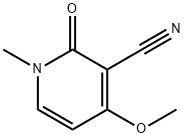
What is RICININE?
Description
First isolated by Tuson from the seeds of Ricinus communis (castor-oil seed), the alkaloid was subsequently examined by Soave, Schultze and Evans. The base crystallizes from H20 in colourless prisms or leaflets and sublimes at 170-lS0°C/ 20 mm. It is soluble in hot H20 or CHCI3, only sparingly so in EtOH and insoluble in petroleum ether, is neutral in reaction, optically inactive and forms no normal salts although the mercurichloride, m.p. 204°C has been prepared. The alkaloid reduces KMn04 and may be hydrolyzed by alkalies to MeOH and ricininic acid which forms brilliant, slender needles, m.p. 296-8°C (dec.). The structure of ricinine has been confirmed by synthesis from 4-chloroquinoline. Other syntheses have also been achieved. The base is not particularly toxic and the poisonous character of castor-oil seeds has been shown to be due to a more complex substance, ricin, the toxicity of which may be destroyed by heating.
Chemical properties
White Solid
The Uses of RICININE
Ricinine is an alkaloid extract from the seeds of the castor-oil plant (Ricinus communalis). Ricinine is a central nervous system stimulant that could potentially be a cognition-enhancing agent used for the treatment of human amnesias. Ricinine also has bactericidal effects on three pests and heptaprotective activity.
The Uses of RICININE
An alkaloid extract from the seeds of the castor-oil plant (Ricinus communalis). It is a central nervous system stimulant that could potentially be a cognition-enhancing agent used for the treatment of human amnesias. It also has bactericidal effects on t
What are the applications of Application
Ricinine is an alkaloid extract
Definition
ChEBI: Ricinine is a pyridine alkaloid, a pyridone and a nitrile.
Hazard
Toxic by ingestion.
Safety Profile
A poison by ingestion and subcutaneous route. When heated to decomposition it emits toxic vapors of NOx.
References
Tuson.,J. Chern. Soc., 17,195 (1864)
Soave., Chern. Soc. Abstr., i, 386 (1896)
Schultze., ibid, i, 42 (1898)
Evans., J. Arner. Chern. Soc., 22, 39 (1900)
Maqueen, Philippe., Cornpt. rend., 138, 506 (1904)
Maqueen, Philippe., ibid, 139, 840 (1904)
Winterstein, Keller, Weinhagen., Arch. Pharrn., 255,513 (1917)
Bottcher., Ber., 51,673 (1918)
Spath, Tschelnitz., Monatsh., 42,251 (1921)
Spath, Koller., Ber., 56, 880, 2454 (1923)
Spath, Koller., ibid, 58,2124 (1925)
Schroeter et ai., ibid, 65, 432 (1932)
Reitmann., Chern. Abstr., 29,4359 (1935)
Properties of RICININE
| Melting point: | 201.5° |
| Boiling point: | 291.62°C (rough estimate) |
| Density | 1.2739 (rough estimate) |
| refractive index | 1.6000 (estimate) |
| Flash point: | 2℃ |
| storage temp. | -20°C |
| solubility | DMSO: slightly soluble,Methanol: slightly soluble |
| pka | -4.93±0.62(Predicted) |
| form | A solid |
| Water Solubility | 2.7g/L(10 ºC) |
| CAS DataBase Reference | 524-40-3 |
Safety information for RICININE
| Signal word | Danger |
| Pictogram(s) |
 Skull and Crossbones Acute Toxicity GHS06 |
| GHS Hazard Statements |
H301:Acute toxicity,oral |
| Precautionary Statement Codes |
P301+P310:IF SWALLOWED: Immediately call a POISON CENTER or doctor/physician. |
Computed Descriptors for RICININE
New Products
Tert-butyl bis(2-chloroethyl)carbamate 4-Methylphenylacetic acid N-Boc-D-alaninol N-BOC-D/L-ALANINOL N-octanoyl benzotriazole 3-Morpholino-1-(4-nitrophenyl)-5,6-dihydropyridin- 2(1H)-one Furan-2,5-Dicarboxylic Acid DIETHYL AMINOMALONATE HYDROCHLORIDE 1,1’-CARBONYLDIIMIDAZOLE R-2-BENZYLOXY PROPIONIC ACID 1,1’-CARBONYLDI (1,2-4 TRIAZOLE) N-METHYL INDAZOLE-3-CARBOXYLIC ACID (2-Hydroxyphenyl)acetonitrile 4-Bromopyrazole 5-BROMO-2CYANO PYRIDINE 5,6-Dimethoxyindanone 5-broMo-2-chloro-N-cyclopentylpyriMidin-4-aMine 2-(Cyanocyclohexyl)acetic acid 4-methoxy-3,5-dinitropyridine 1-(4-(aminomethyl)benzyl)urea hydrochloride 2-aminopropyl benzoate hydrochloride diethyl 2-(2-((tertbutoxycarbonyl)amino) ethyl)malonate tert-butyl 4- (ureidomethyl)benzylcarbamate Ethyl-2-chloro((4-methoxyphenyl)hydrazono)acetateRelated products of tetrahydrofuran
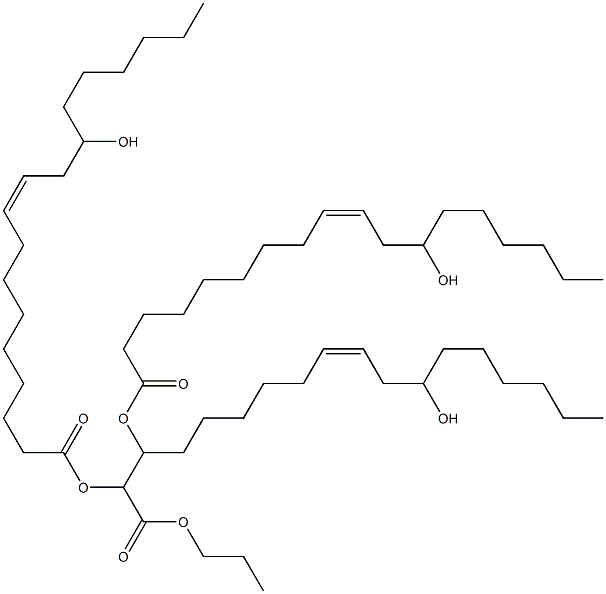
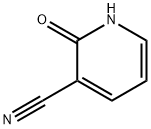
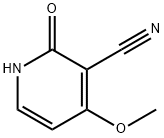
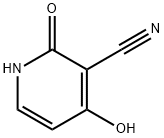
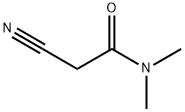



You may like
-
 Ricinine CAS 524-40-3View Details
Ricinine CAS 524-40-3View Details
524-40-3 -
 1975-50-4 98%View Details
1975-50-4 98%View Details
1975-50-4 -
 2-HYDROXY BENZYL ALCOHOL 98%View Details
2-HYDROXY BENZYL ALCOHOL 98%View Details
90-01-7 -
 2-Chloro-1,3-Bis(Dimethylamino)Trimethinium Hexafluorophosphate 221615-75-4 98%View Details
2-Chloro-1,3-Bis(Dimethylamino)Trimethinium Hexafluorophosphate 221615-75-4 98%View Details
221615-75-4 -
 61397-56-6 CIS BROMO BENZOATE 98%View Details
61397-56-6 CIS BROMO BENZOATE 98%View Details
61397-56-6 -
 14714-50-2 (2-Hydroxyphenyl)acetonitrile 98+View Details
14714-50-2 (2-Hydroxyphenyl)acetonitrile 98+View Details
14714-50-2 -
 118753-70-1 98+View Details
118753-70-1 98+View Details
118753-70-1 -
 733039-20-8 5-broMo-2-chloro-N-cyclopentylpyriMidin-4-aMine 98+View Details
733039-20-8 5-broMo-2-chloro-N-cyclopentylpyriMidin-4-aMine 98+View Details
733039-20-8